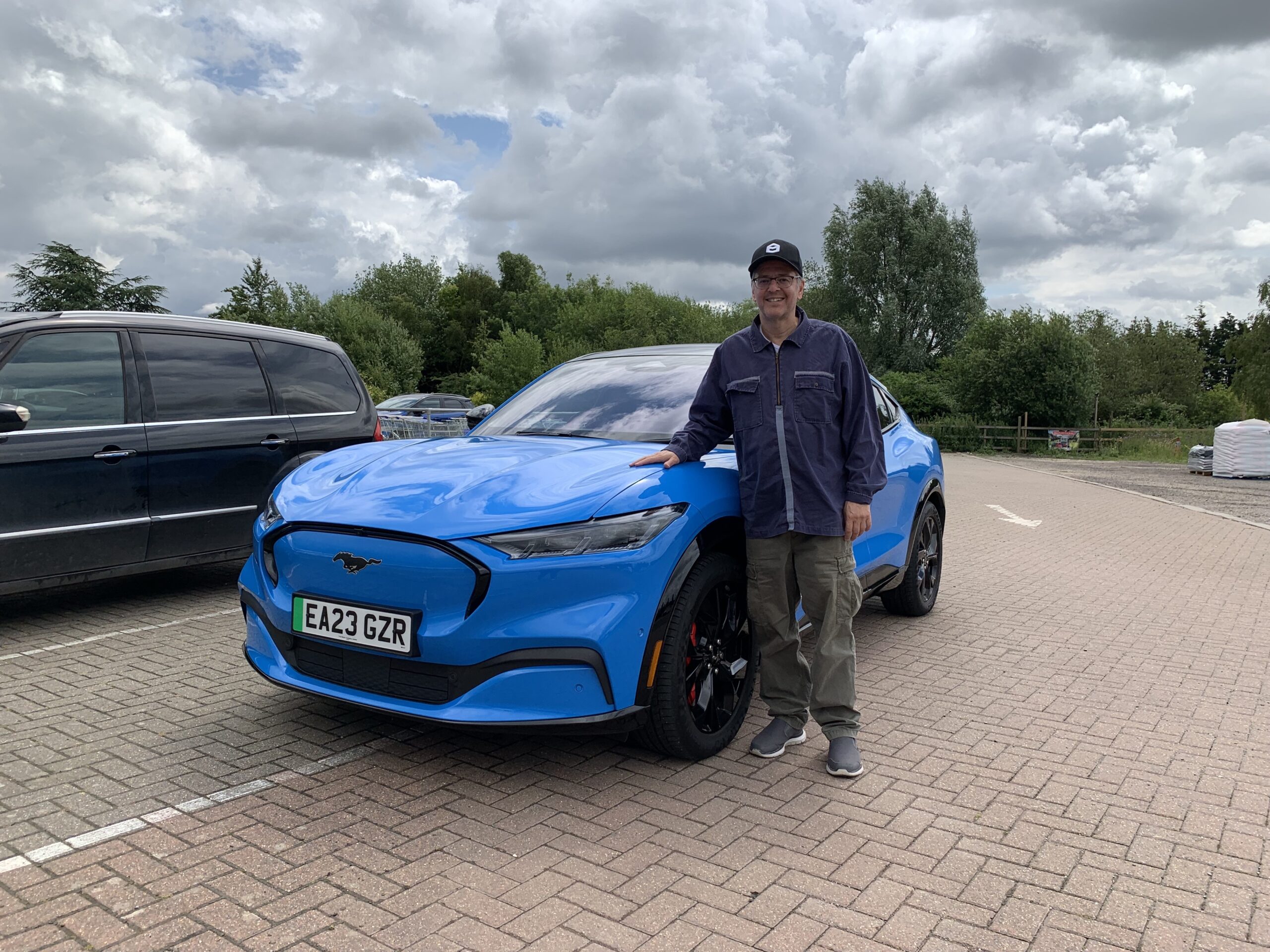The price of Seeing Machines is rising in expectation of it beating consensus forecasts for the 2023 full year to 30th June, when it provides its trading update on 22nd August.
To refresh your memories, here are most of the broker forecasts for Seeing Machines FY2023. Unfortunately, I’m missing that of its house broker, Stifel.
| Brokers | 2023 revenues (US$) | 2023 adjusted pre-tax loss | |
| Cenkos | 53.5m | 15.2m | |
| Panmure | 56.7m | 13.2m | |
| Berenberg | 54.1m | 16.8m | |
| Peel Hunt | 53.8m | 17.1m | |
| Stifel | |||
| Safestocks | 60m | 11m |
I’m confidently predicting that Seeing Machines will beat these estimates and have pencilled in revenues of around US$60m for 2023. I’m not even going to provide 2024 estimates as I expect all the brokers to upgrade soon. Indeed, even their initial upgrades won’t factor in likely progress over the course of the 2024 financial year.
There is also a frisson of excitement around the launch of its Gen 3 Guardian Aftermarket product. I expect to learn the date for the launch of its Gen 3 product for trucks on 22nd August. I’m hoping it is before the end of September and is announced with at least one sizeable contract — it must have been going through its paces with existing Fleet customers.
Auto and Aviation appear to be progressing well and further positive updates could well drive the price to all-time highs by this Christmas.
EBITDA breakeven
Furthermore, I’m expecting confirmation of further news in the coming months that should send the share price into overdrive as EBITDA breakeven is brought forward. Breakeven at the EBITDA level isn’t more than 12-18 months away based on the current trajectory. Still, I expect sales to accelerate from here to such an extent that I believe there is a likelihood that we hit EBITDA breakeven by the end of the current financial year. Should brokers publicly confirm this the share price will go gangbusters.
My confidence in the near term is also strengthened by a comment from the analyst now covering Seeing Machines at Berenberg. In a note dated 21 July, 2023 Robert Chantry stated: “We also expect the company, in the medium term, to leverage its significant knowledge pool and expertise to develop new products and adjacent technologies, particularly once it has achieved breakeven at EBITDA. This might include other types of transport, as well as revenue streams relating to marketing.”
Given that Seeing Machines always plans years ahead you can be pretty confident that what Chantry opined isn’t mere conjecture.
Here are my thoughts:
- Transport. I believe that in the past Seeing Machines has undertaken some marine trials of its technology and we know it has been used in trains. The fast-growing eVTOL market seems ripe for such tech plus there is all manner of machinery, from tractors to cranes that could perhaps do with it. It surely is a no-brainer that SEE’s tech get’s licensed to Tier 1s in other transport sectors now that it has Auto, Aftermarket (Fleet) and Aviation sewn up.
- Marketing. Eye-tracking has been used by competitors to assess the efficacy of marketing, for instance Tobii. As Tobii has entered the DMS space (albeit with no sign of success), it seems only fair that Seeing Machines returns the favour.
Tesla
Strangely enough, I received a press release this week from CMC Markets that mentions that Tesla is the UK’s most googled S&P500 stock, with an average of 260,180 Google searches a month. In my books that is probably a sign to sell the stock. In a saner world, those people would instead be googling Seeing Machines.
An additional irony is that Tesla really ought to be putting Seeing Machines Driver Monitoring into its vehicles. It would stop ‘bad Ted driving’ and save lives.
The writer holds stock in Seeing Machines.

